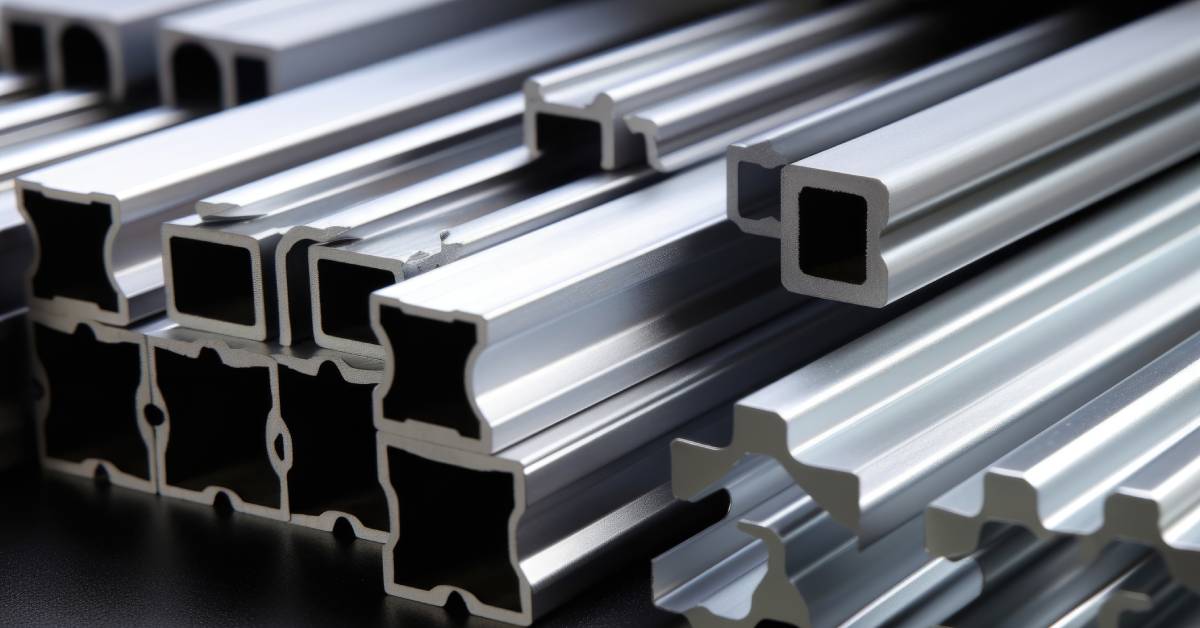
Aluminum extrusions play a critical role in numerous industries, offering versatility, strength, and lightweight properties ideal for various applications. However, during the manufacturing and handling process, it's not uncommon for these extrusions to become warped or bent. Straightening aluminum extrusions is an essential task to ensure they meet the precise specifications required for their intended use.
Let's look at four steps to straightening aluminum extrusions and restoring their original shape and integrity.
Before attempting to straighten aluminum extrusions, it's crucial to prepare them properly. Start by thoroughly cleaning the extrusions to remove any dirt, debris, or surface contaminants that may complicate the straightening process. Next, inspect the extrusion for any visible dents or damage that may require additional repair before straightening. Lastly, ensure that the extrusion is secure and stable during the straightening process to avoid any further damage.
Once you have prepared the extrusion, it's time to assess its condition and determine the best approach for straightening. Begin by measuring the degree of warping or bending in multiple areas along the length of the extrusion. This step is essential to identify the severity of the distortion and decide which straightening technique will be most effective.
Depending on their shape, size, and level of distortion, you can use several techniques to straighten aluminum extrusions. For minor warping or bending, you may be able to use a manual method by gently applying pressure to the extrusion in the opposite direction of the bend. For more severe cases, heat straightening or hydraulic presses may be necessary to fully restore the extrusion's shape. It's crucial to follow safety precautions and use proper equipment when using these techniques.
After successfully straightening the aluminum extrusion, it's essential to inspect it again for any remaining deformities. If there are any visible imperfections, you may need to use sanding or filing methods to smooth out the surface and restore its shape fully. Once the extrusion is back in its original form, clean it again to remove any residue from the straightening process.
Straightening aluminum extrusions takes time, patience, and precision. By following these four steps, you can effectively straighten your extrusions and restore their shape and integrity for optimal performance. Remember always to prioritize safety and proper equipment when handling any type of metal extrusion. With the right approach, you can ensure that your aluminum extrusions are in top condition and ready for whatever application you might need.
If you need T-slot aluminum framing for your next project, A-Line Automation can help. Contact us today to learn more about our high-quality aluminum extrusions and other industrial automation solutions.